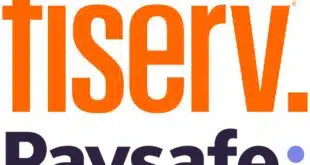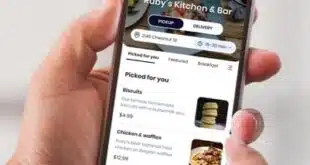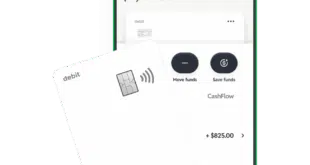When it comes to mobile payments, few operators can equal PayPal Holdings Inc., a fact the company underlined on Wednesday when it reported mobile volume reached $21 billion in the first quarter, up fully 54% year-over-year. But casting a shadow over the good news was a continuing downward trend in what PayPal earns on each transaction and in the company’s transaction margin.
The first quarter was strong for PayPal in a wide range of key areas. Accounts grew to 184 million, up 12% from 165 million a year ago, while payment volume shot up 29% from $63 billion to $81 billion. Some 26% of that volume now comes from mobile payments, up from 22% a year ago. Customer engagement, a metric PayPal watches closely, increased from 25.2 payment transactions per active account to 28.4 year over year.
Specific segments and technologies also had their day in the sun. Some 21 million users have opted in to use PayPal’s One Touch authentication technology, which the company began rolling out last year. It is now available to merchants in 144 markets, with 121 added just in the first quarter, PayPal reported. “We continue to see increasing engagement and merchant lift with One Touch,” chief executive Dan Schulman told analysts during a Wednesday afternoon conference call to discuss the quarter.
Venmo, PayPal’s mobile peer-to-peer payment service, continued a torrid rate of growth, with a 154% year-over-year increase in volume to $3.2 billion in the quarter. Pay With Venmo, an in-app payment service PayPal began testing at the beginning of the year, is now available to 550,000 users with an expansion of the pilot, Schulman said. PayPal expects to roll out the service in the second half of this year, he added. “Early customer results and feedback provide validation of Venmo as a way to pay in app,” he said during the earnings call.
Expanding that service is one key to boosting margins for PayPal, since the company can charge merchants for Venmo transactions but can’t levy fees for P2P payments, which are generally free from all providers.
That has taken on increased importance in recent months. Bringing on more large merchants, which have the clout to negotiate lower rates, as well as investments in new technologies are pushing down PayPal’s margins. The transaction margin stood at 60.4% in the quarter, down 380 basis points from a year ago. The take rate, or the rate PayPal earns on transactions, fell from 3.03% to 2.76%.
Schulman positioned the margin erosion as a temporary price PayPal must pay to sign up the wide range of merchants users expect. “We want ubiquity for PayPal users,” he said. “But those merchants have lower take rates. It’s just the way of the world, larger volume, lower margins. We’re really comfortable with the strategy. For now [penetrating larger merchants] is the right strategy for us.”
In tandem with the pressure on margins, PayPal’s transaction-expense rate rose from 0.91% to 0.93%, in part because of transactions generated by the company’s Chicago-based Braintree unit. These sales include payments on credit cards, which carry a higher interchange expense, John Rainey, PayPal’s chief financial officer, explained during the call.
But Braintree is also generating much new business for PayPal. “We are still seeing a large pipeline of additional sales coming in, it’s a high-class problem to have,” Schulman said. “Braintree is doing a great job in driving that. It’s a very strong pipeline waiting to go live to site and a strong pipeline of merchants we’re talking to.”
Overall for the quarter, PayPal notched $2.54 billion in revenue, up 19%, and $365 million in net income, up 43%.





